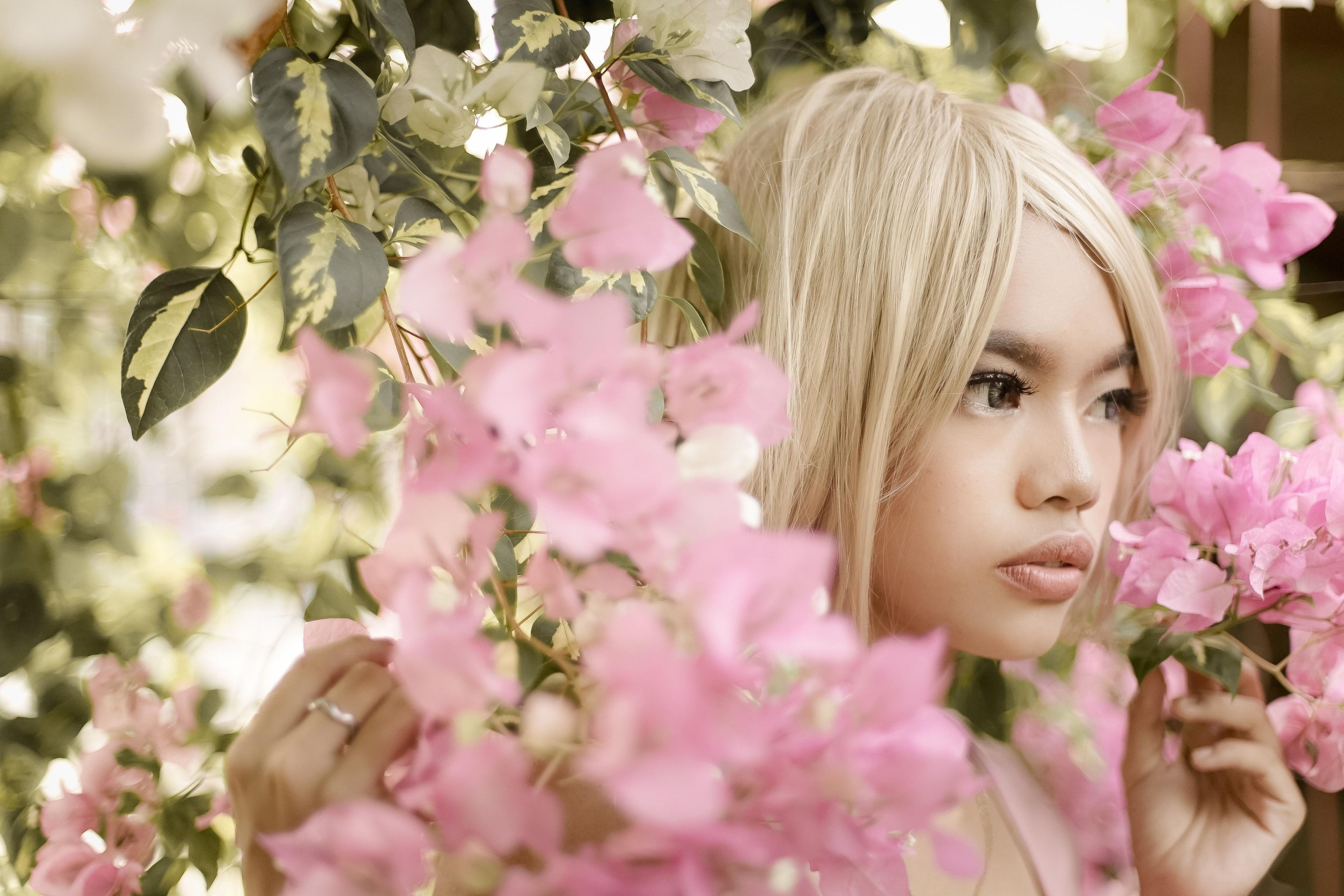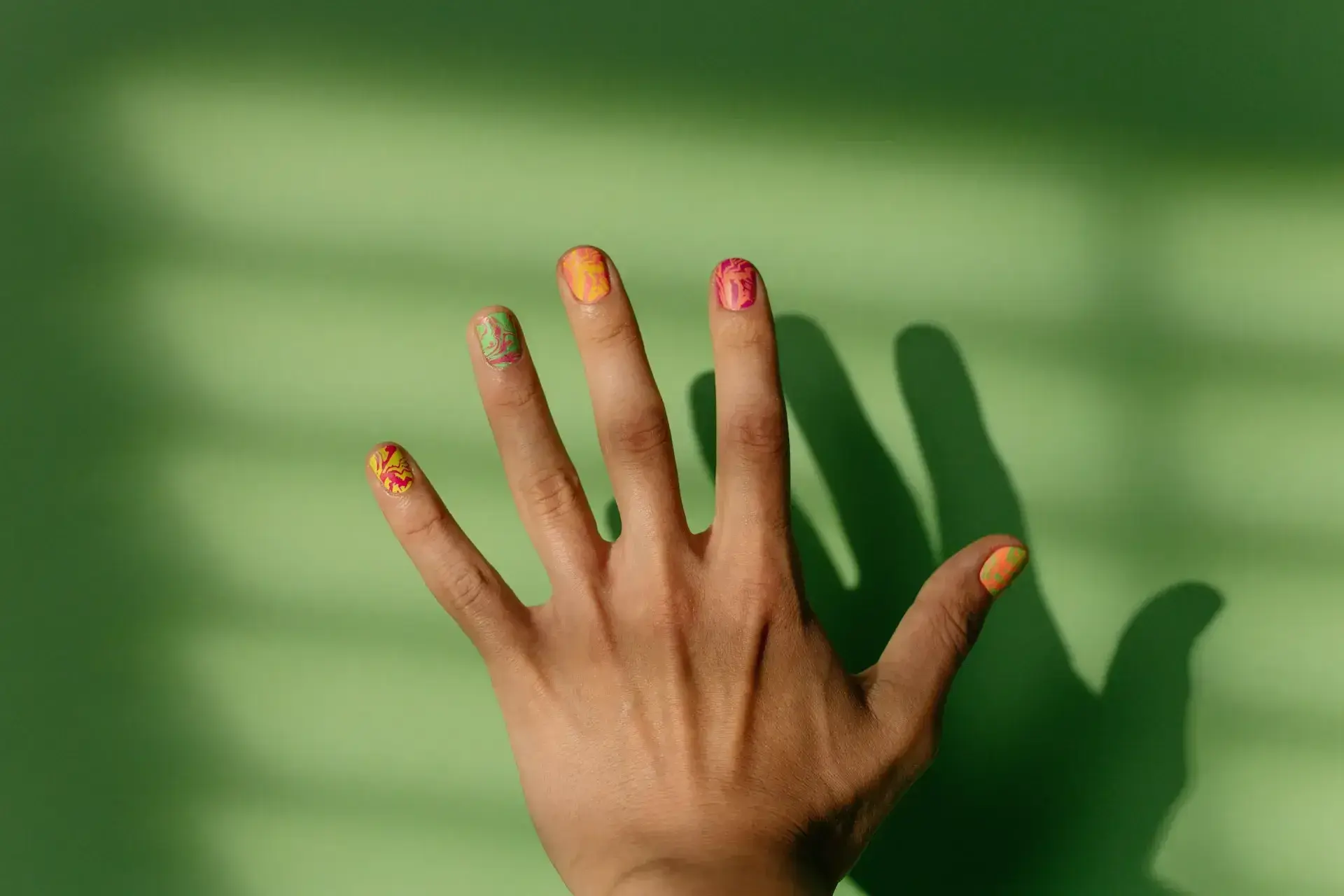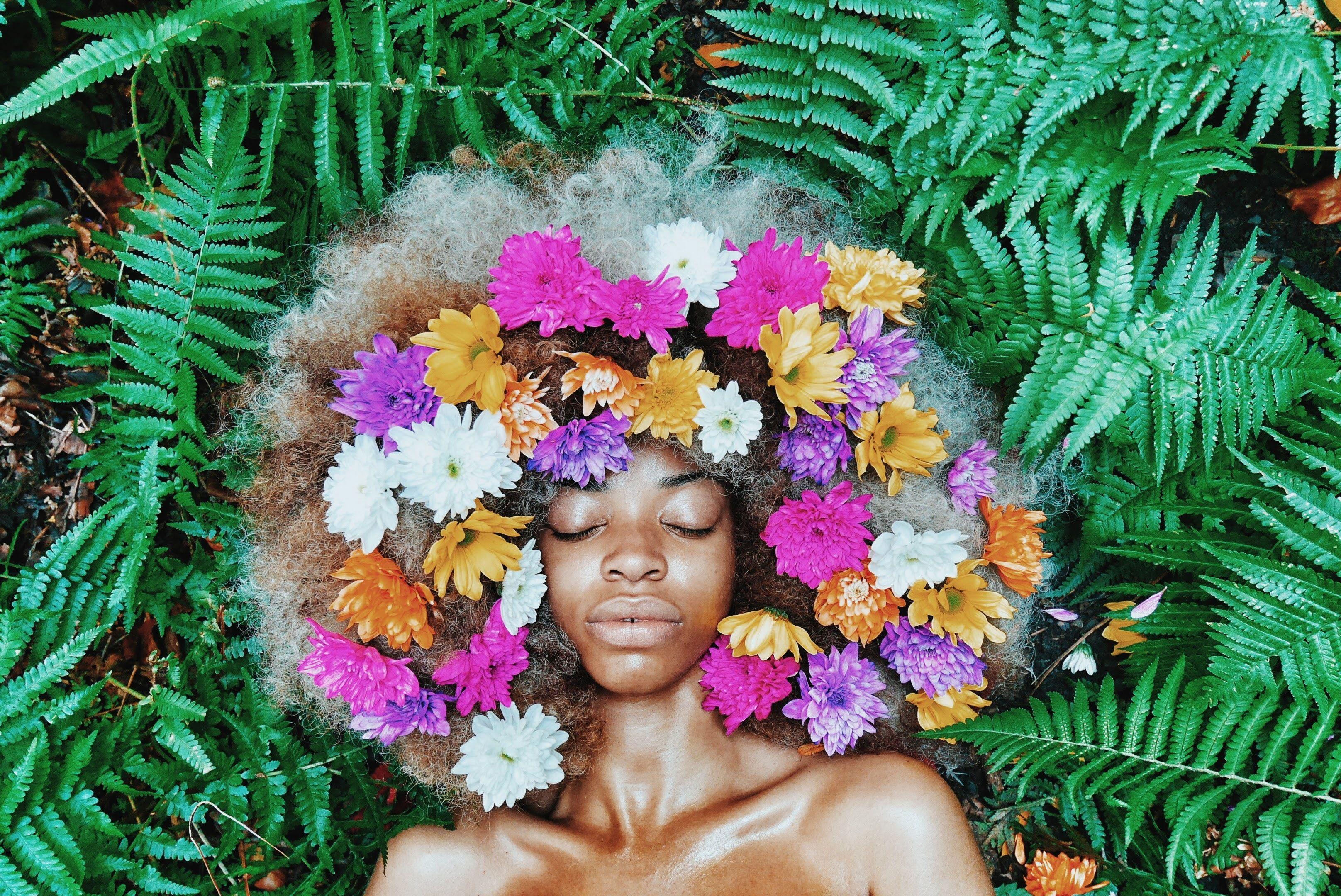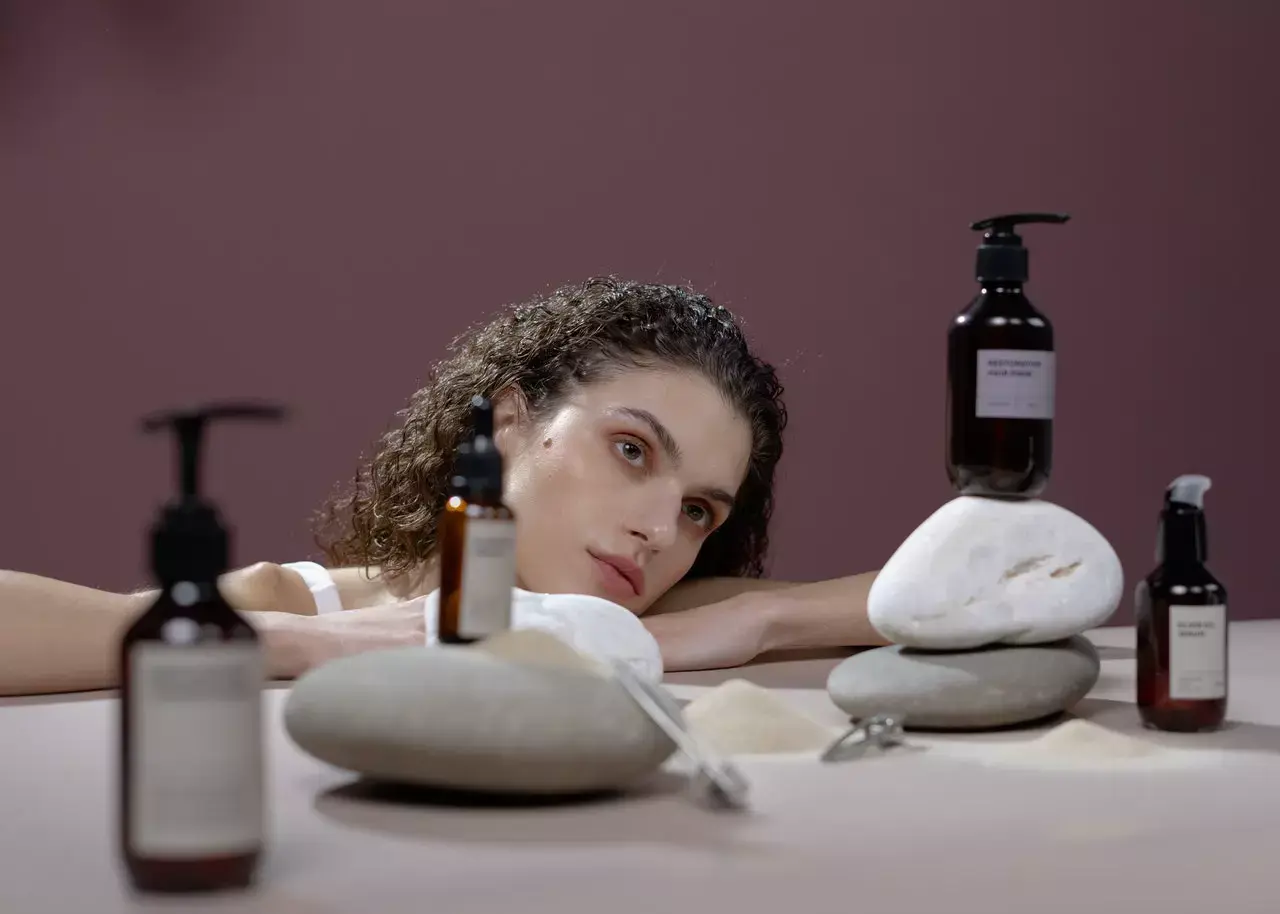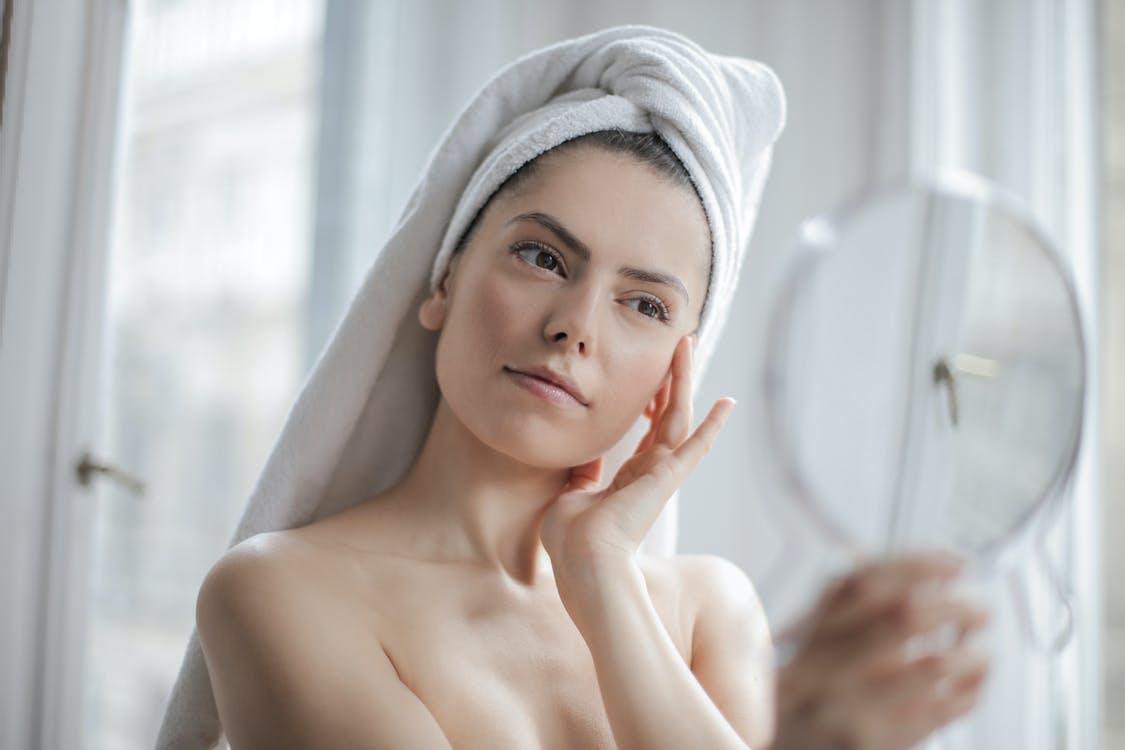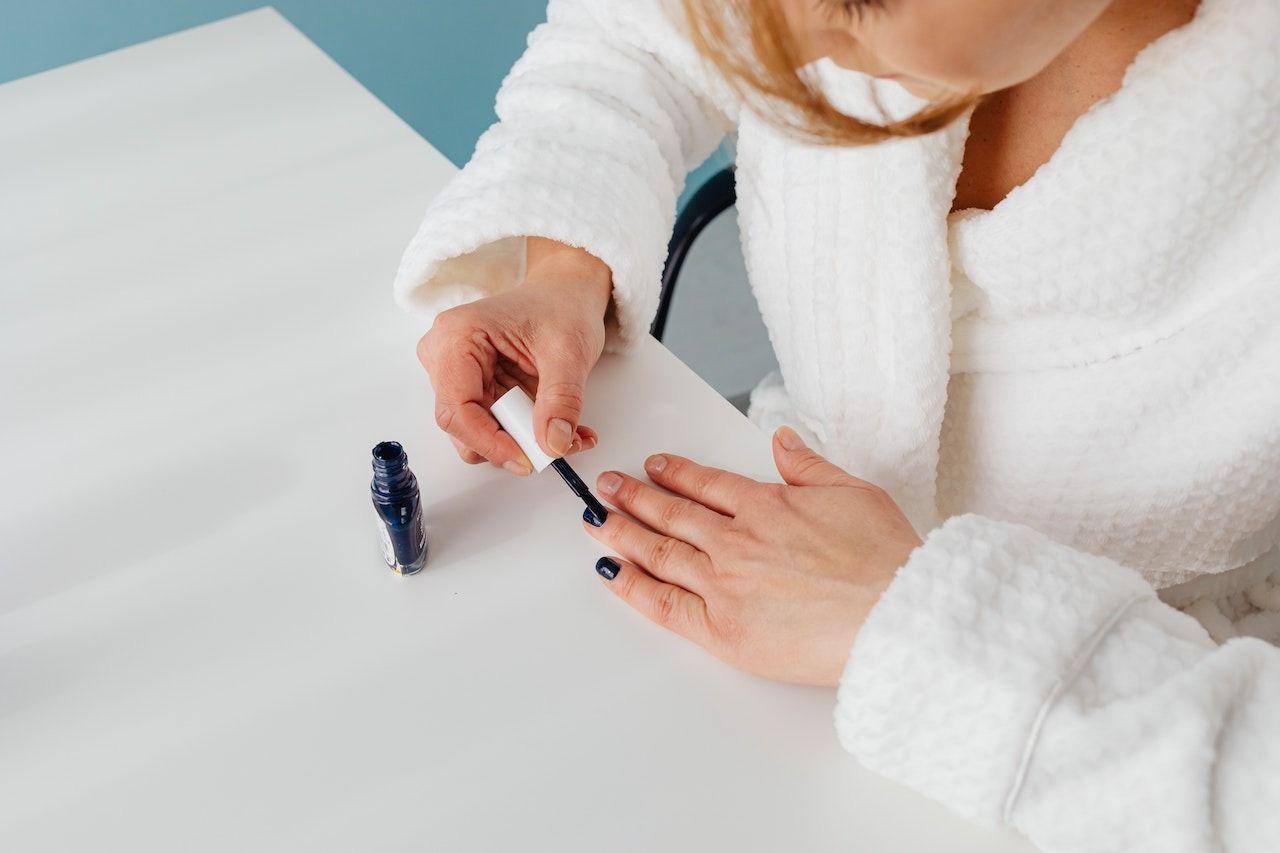History of beauty industry in ancient Egypt
The beauty industry in ancient Egypt was an important aspect of daily life, with both men and women taking great care to groom and beautify themselves. The ancient Egyptians had a strong emphasis on personal grooming and appearance, which was closely linked to religious beliefs and social status.
One of the most popular beauty treatments in ancient Egypt was the use of cosmetics. The ancient Egyptians used a variety of natural ingredients to create makeup, such as kohl for eyeliner, henna for hair dye, and crushed minerals for eye shadow and lipstick. They also used perfumes and oils to enhance their personal scent.
Hairdressing was another important aspect of the beauty industry in ancient Egypt. Both men and women would have their hair styled and groomed, and wigs were also worn as a symbol of wealth and status. The ancient Egyptians were known for their elaborate hairstyles, which were often adorned with jewelry and other decorative elements.

In addition to personal grooming, the ancient Egyptians also had a strong tradition of public beauty treatments. They had beauty salons called "perfumeries" where individuals would go to have their hair styled, makeup applied, and nails done. These salons were also social spaces where people would gather to relax and socialize. The ancient Egyptians also had a rich tradition of spa treatments, particularly the use of baths. Public bathhouses were a common feature of ancient Egyptian society, and were used for both hygiene and relaxation. These bathhouses offered various treatments such as massage, aromatherapy, and herbal treatments.
In summary, the beauty industry in ancient Egypt was a significant part of daily life and culture. The ancient Egyptians had a strong emphasis on personal grooming and appearance, and used a variety of natural ingredients to create cosmetics and perfumes. They also had a tradition of public beauty treatments, such as hair styling, makeup application and spa treatments, which were closely linked to religious beliefs and social status.
